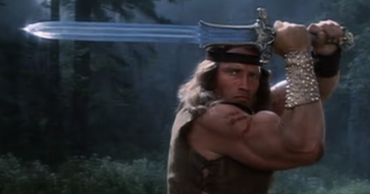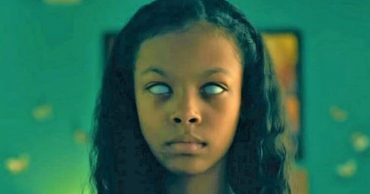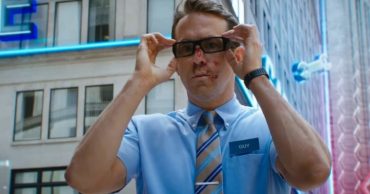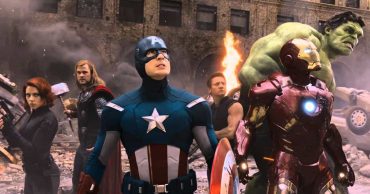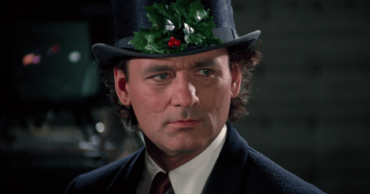By the time Quentin Tarantino released his second movie, Pulp Fiction, speculation had already started to grow that his movies exist within a shared universe. Tarantino welcomed this theory and since then has gone on to build his own universe across different timelines and settings in his movies. Oftentimes, Tarantino makes it easy for the audience to decipher when he is connecting his films together, simply by giving his characters the same last name or by using his own made-up brand of cigarettes, Red Apple, in the movie. However, he also has a tendency to leave easter eggs in his movies that tied them together more directly.
Tarantino’s tenth and (supposed) final film, The Movie Critic, will be set in 1970’s Los Angeles. Tarantino is a self-proclaimed lover of Hollywood and is immensely proud of where he grew up. This is evident in his movies, as a great deal of them have been set in Los Angeles. So, there’s a strong chance that The Movie Critic will have some crossovers into his other movies. Here are some examples of Tarantino’s smart interweaving writing skills and how the Quentin Tarantino shared universe really does exist.
Tony Scott’s True Romance Tied In With Reservoir Dogs
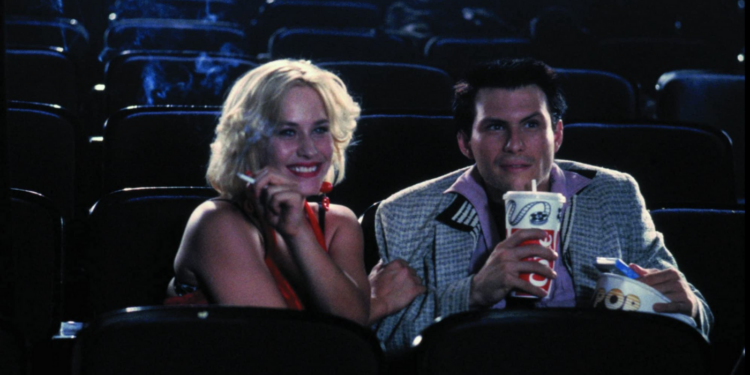
While Reservoir Dogs was Tarantino’s first film, he actually sold the rights to one of his earlier scripts to help fund this film. True Romance was an original script written by Tarantino but he handed it over to famed action director, Tony Scott. It was released in 1993 and received rave reviews and strong critical acclaim.
True Romance follows Clarence and Alabama, two 20-something kids who fall in love, flee Detroit, and head to LA with a bag of cocaine that they intend on selling. The only problem is, the cocaine doesn’t belong to them. Before they know it, they are pursued by ruthless gangsters who want their drugs back.
By the time True Romance was released, Tarantino had already made quite a stir in the film industry with Reservoir Dogs and marked himself as Hollywood’s next big thing. Reservoir Dogs told the story of a group of criminals who rob a jewelry store and begin to suspect one another when the job goes awry. At the head of the group is Mr. White (Harvey Keitel), who is a long-time career thief. In flashback scenes, Mr White talks with Joe Cabot, the mastermind behind the robbery, and explains how he had a former partner in crime named Alabama and called her a “good little thief.” This implies that Alabama had a short stint of the robbery life with Mr. White before she met Clarence in the events of True Romance.
Pulp Fiction Was Actually Set Before Reservoir Dogs
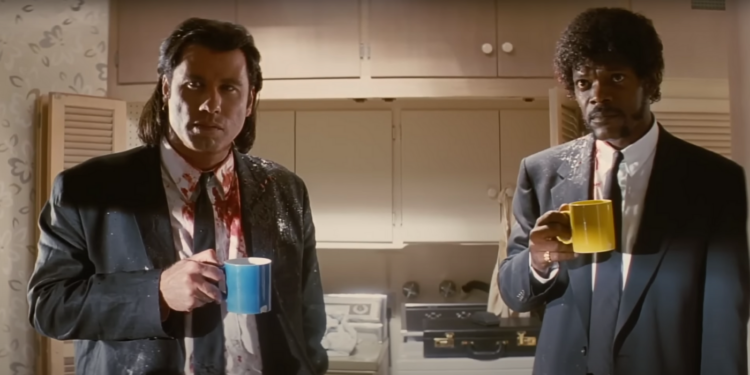
Perhaps the first hint at the larger Tarantino shared universe that moviegoers noticed was two of his character sharing the same surname. In Tarantino’s first movie, Reservoir Dogs, Michael Madsen played Vic Vega, a professional thief with a sadistic adoration for violence. Two years later in Pulp Fiction, John Travolta played Vincent Vega, a super-suave underhand man for LA crime boss, Marcellus Wallace.
Both men are criminals operating out of Los Angeles and the fact that they had the same surname turned out to be no coincidence. Tarantino originally planned on making a spin-off movie called The Vega Brothers, confirming their familial connection. Seeing as both characters died in their movies, the movie was set to be a prequel. In Pulp Fiction, Vincent has just returned from Amsterdam and is telling his partner, Jules, all about it.
Tarantino has said in the past how The Vega Brothers would be set around Vincent’s time in Amsterdam and the exploits he and his brother get into when Vic came to visit. This would imply that Pulp Fiction is actually set before the events of Reservoir Dogs, as Madsen’s character, Vic, was shot to death in Reservoir Dogs. Additionally, there have been suggestions that the mysterious brief case in Pulp Fiction is tied to the one in Reservoir Dogs.
Pulp Fiction, Jackie Brown, and Kill Bill Are All Connected To One Specific Thing
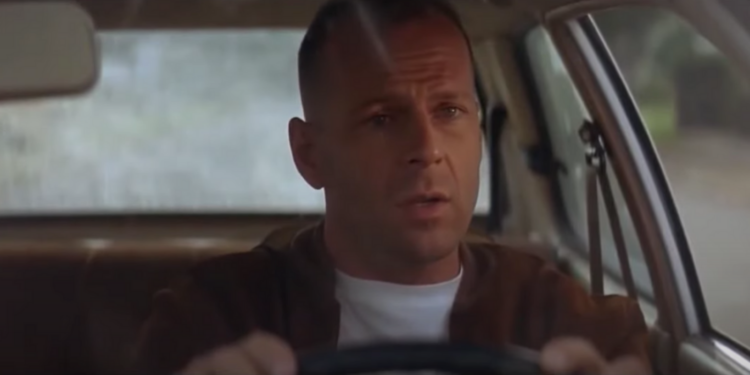
Bruce Willis played a professional boxer, Butch Coolidge in Pulp Fiction. After taking a payout to take a fall in a fight, Butch changes his mind and not only wins the fight, but kills the other boxer. This puts him on a collision course with crime boss, Marcellus Wallace. After fleeing the fight, Butch returns to his apartment to retrieve his gold watch, kills Vincent Vega and hops into his Honda Civic.
Just when Butch thinks he’s in the clear, he stops at a red light where he is seen by with none other than Marcellus Wallace. Butch slams his foot on the accelerator, mows Marcellus down with the car, and flees on foot, leaving the car behind. Three years later, Pam Grier, who plays the titular character in Tarantino’s third movie, Jackie Brown, is seen driving the same Honda Civic throughout the picture. Additionally, the car is seen once more in 2004’s Kill Bill: Volume 2, parked outside of the “My Oh My” strip club.
Django Unchained Explains Butch Coolidge’s Proclivity To Violence
In Quentin Tarantino’s action-packed, ultra-violent, western titled Django Unchained, Jamie Foxx’s plays the titular character Django, a freed slave, turned bounty hunter who sets out to save his wife from a ruthless plantation owner. In one scene between Jamie Foxx and Christoph Waltz, Django pulls out a keepsake from his pocket that ties in with Butch Coolidge from Pulp Fiction.
Django boasts a wanted poster for the first-ever criminal he turned in. The bounty was for Smitty Bacall and his gang – Dandy Michaels, Gerald Nash, and “Crazy” Craig Koons. In Pulp Fiction, Christopher Walken played Captain Koons, a Vietnam war vet who had been holding onto a family heirloom of Butch’s. It appears Koon’s rubbed off on Butch’s father and Butch later inherited some of the family’s tendency for violence himself. The events of Pulp Fiction proved that Butch has no qualms with killing if he is pushed to it.
Read Next: 10 Things You Didn’t Know About Ray’s Jamie Foxx
Reservoir Dogs
 Follow Us
Follow Us


